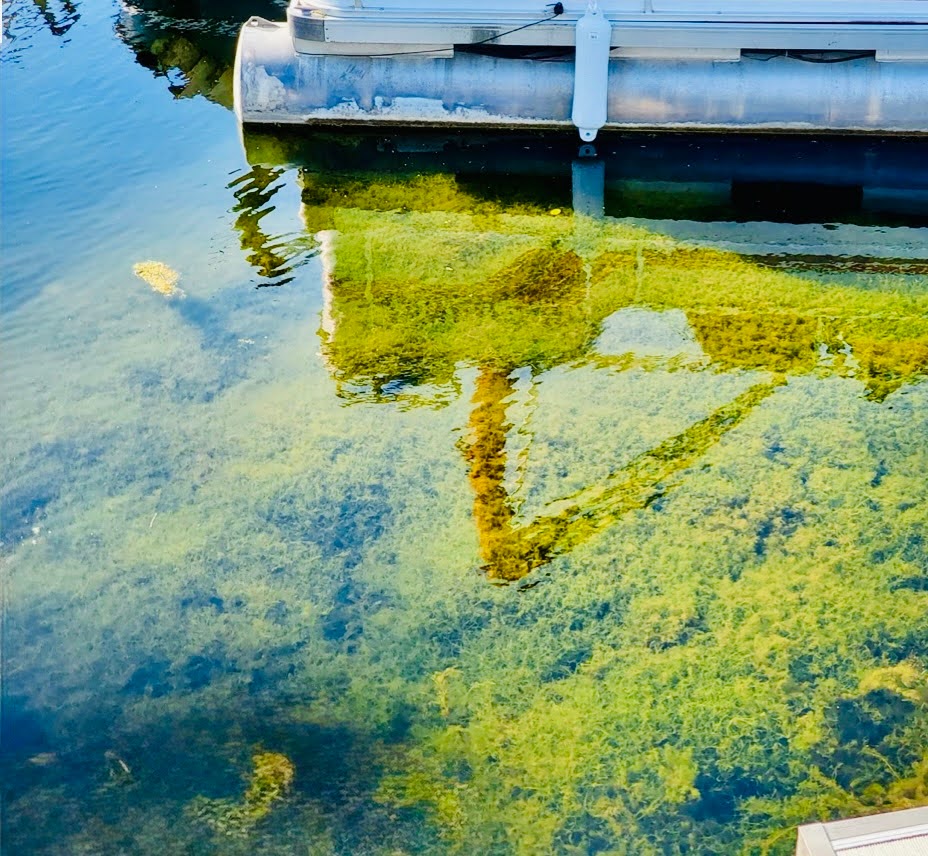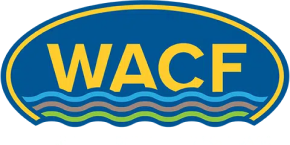Invasives
What Are Invasive Species?
According to the USGS, an invasive species is a non-native organism (including diseases, parasites, plants, or animals) introduced to a new environment. These organisms spread from their initial introduction site and have the potential to inflict harm on the environment, the economy, or human health.
Such species are found across all ecosystems in the United States, causing significant economic and ecological damage. This includes destruction of crops, obstruction of waterways, transmission of diseases to wildlife and humans, threats to fisheries, increased risk of fires, and negative impacts on farmers. Invasive plants, in particular, pose a major challenge due to their rapid and aggressive growth, enabling them to outcompete native plants for vital resources like sunlight, water, and nutrients, leading to detrimental ecological consequences.

Such species are found across all ecosystems in the United States, causing significant economic and ecological damage. This includes destruction of crops, obstruction of waterways, transmission of diseases to wildlife and humans, threats to fisheries, increased risk of fires, and negative impacts on farmers. Invasive plants, in particular, pose a major challenge due to their rapid and aggressive growth, enabling them to outcompete native plants for vital resources like sunlight, water, and nutrients, leading to detrimental ecological consequences.
A broad classification system categorizes both native and non-native (invasive) plants as either aquatic (water-dwelling), wetland (emergent), or land-dwelling (terrestrial).
Invasive species don’t just harm the environment; they can also hit us where it hurts economically. They often negatively impact agriculture, fisheries, boating and other recreational activities, leading to significant financial losses. Beyond the economic impact of treating wetland invasive species, some may directly threaten our health. They can carry diseases that spread to people and pets or cause severe allergic reactions.
WACF works with area partners to limit the negative impacts of these invasive species in our watershed.
Learn more about invasives in our watershed
Aquatic Invasives
Aquatic invasive species (AIS) are non-native freshwater or marine organisms that are introduced into new aquatic environments beyond their native range. These can be plants, animals (such as fishes, crabs, mussels, or frogs), or even microorganisms.


Land Invasives
Terrestrial invasive species are non-native plants, animals, and other organisms that live on land rather than in water, and they can be found in a variety of land-based habitats like forests and prairies. These harmful invaders encompass a wide range of life forms, including plants such as trees, shrubs, vines, grasses, and other herbaceous plants, as well as animals like insects, mammals, reptiles, arachnids, birds, and nematodes.
Wetland Invasives
These aggressive competitors quickly dominate wetlands and waterways, displacing native plants and reducing biodiversity. Their dense growth impedes water flow and destroys habitat. They spread rapidly through seeds and underground rhizomes, forming thick mats that prevent other plants from growing.

